Your cart is currently empty!
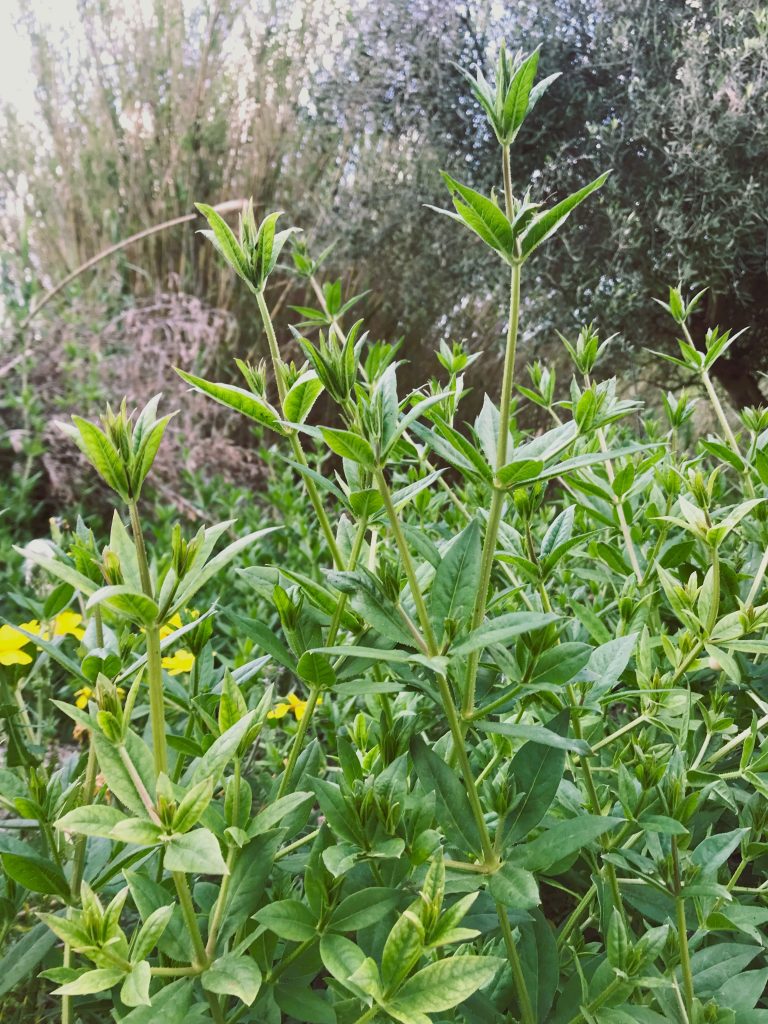
A few years ago while visiting the local open market, there was an elderly couple selling small bundles of roots. I was surprised to learn they were madder root, or rizari, being sold to use as traditional red dye for the Easter eggs. I knew that madder once was grown in Crete, but I never expected to come across it! After studying characteristics of the plant, I discovered in the olive groves near my house an oasis of madder- an underground world of reds, oranges, and purples.
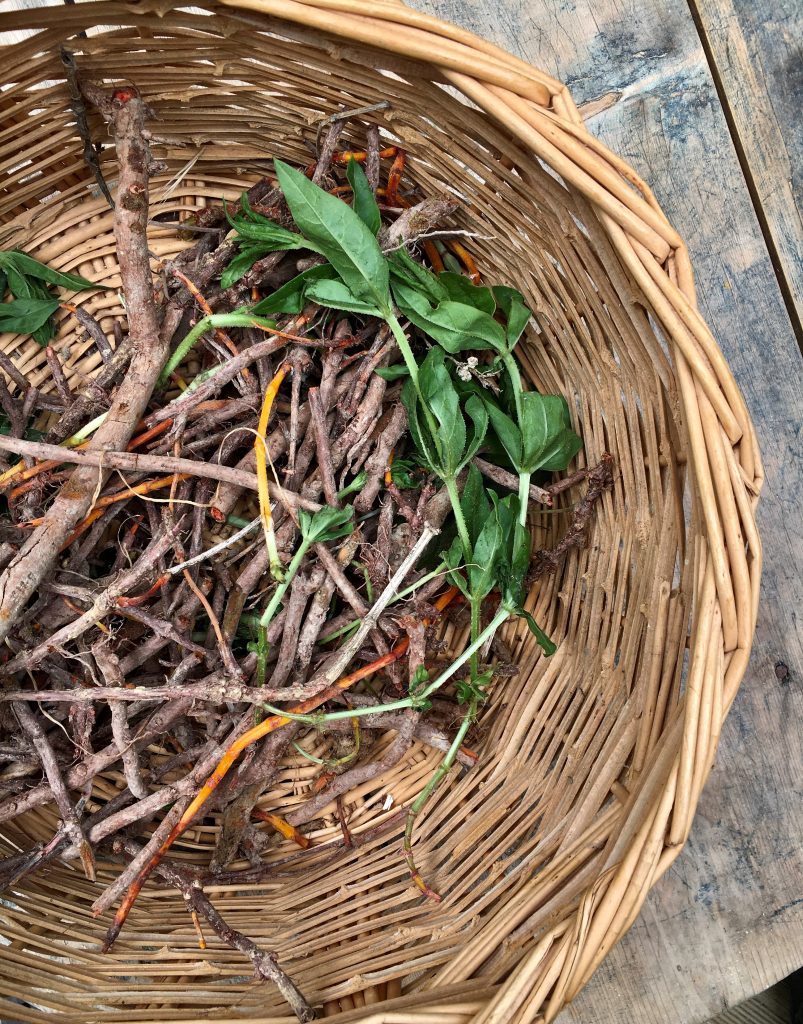
Madder root (rubia spp.) is one of the oldest known dye plants, and was once one of the most common used for red as it has very high concentrations of chemical compound alizarin. It is cultivated in many parts of the world, and each culture has its own traditions and techniques to use this versatile plant. Madder root is a complex plant- containing at least 36 different color components! Through manipulation of mordanting, pH and heat, the roots can reveal several different hues and shades.
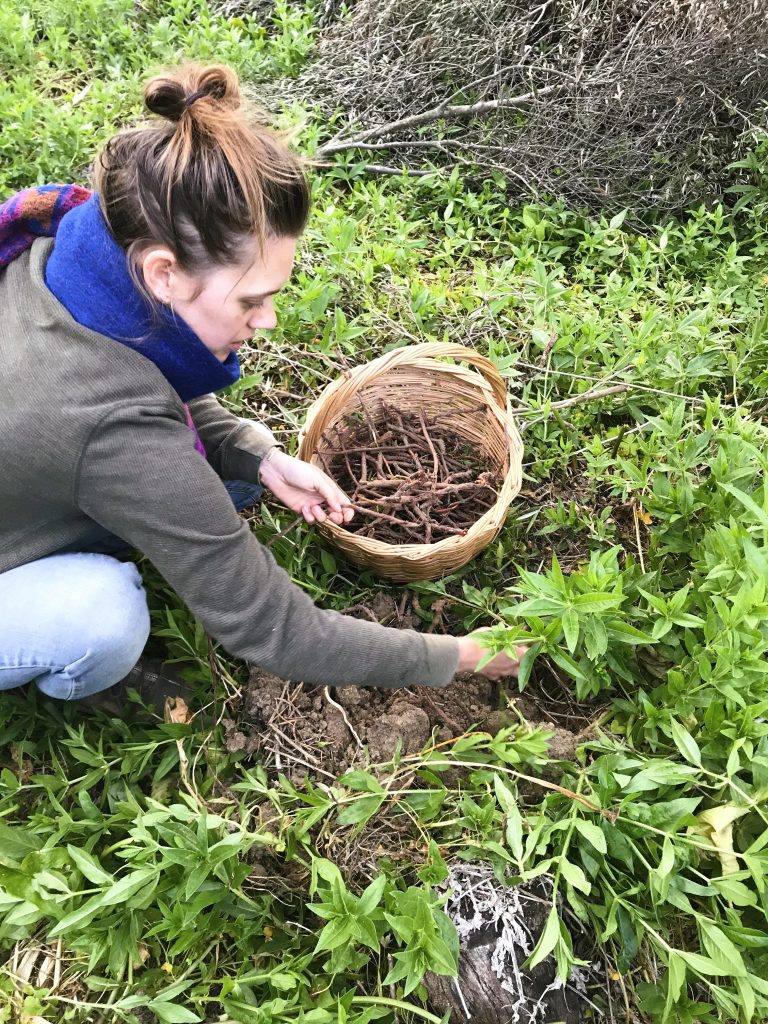
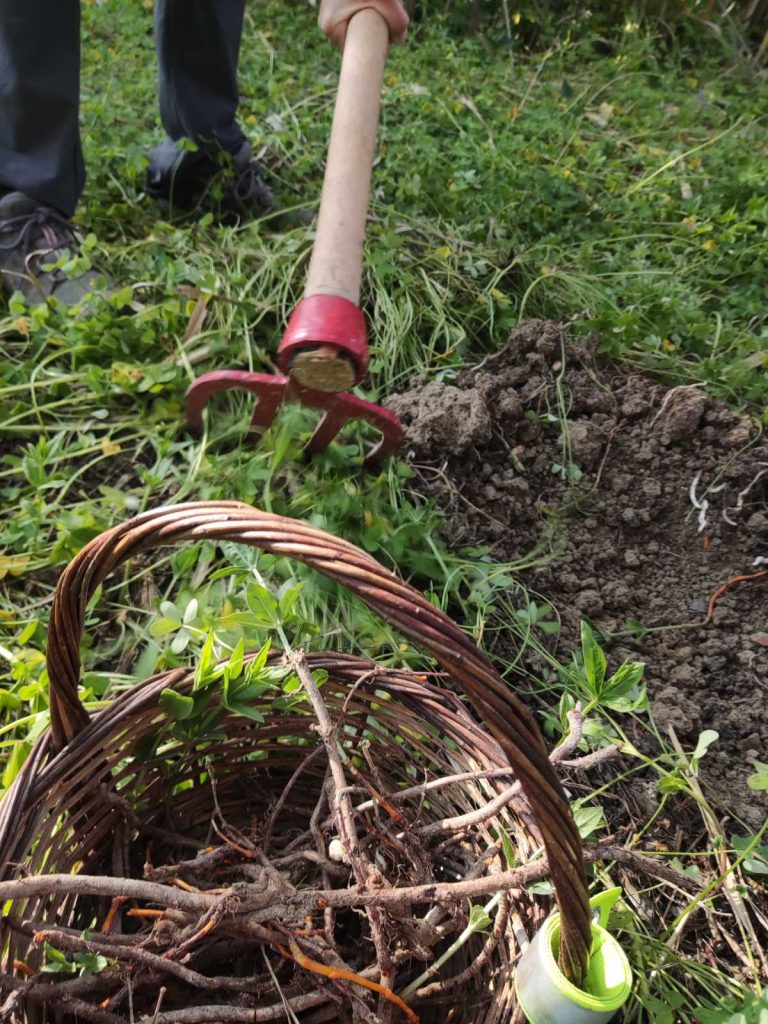
In Greece, madder was widely cultivated as it grows quite easily and it’s deep red colors were used in the traditional woven blankets and rugs. The largest production of madder took place near the city of Larissa, and was used all over Europe. After the discover of synthetic alizarin in the late 1800s, using the roots became much less common to use in textiles, and the few people that know about it collect it during Easter to dye the eggs. To most, the plant is regarded as just another weed.
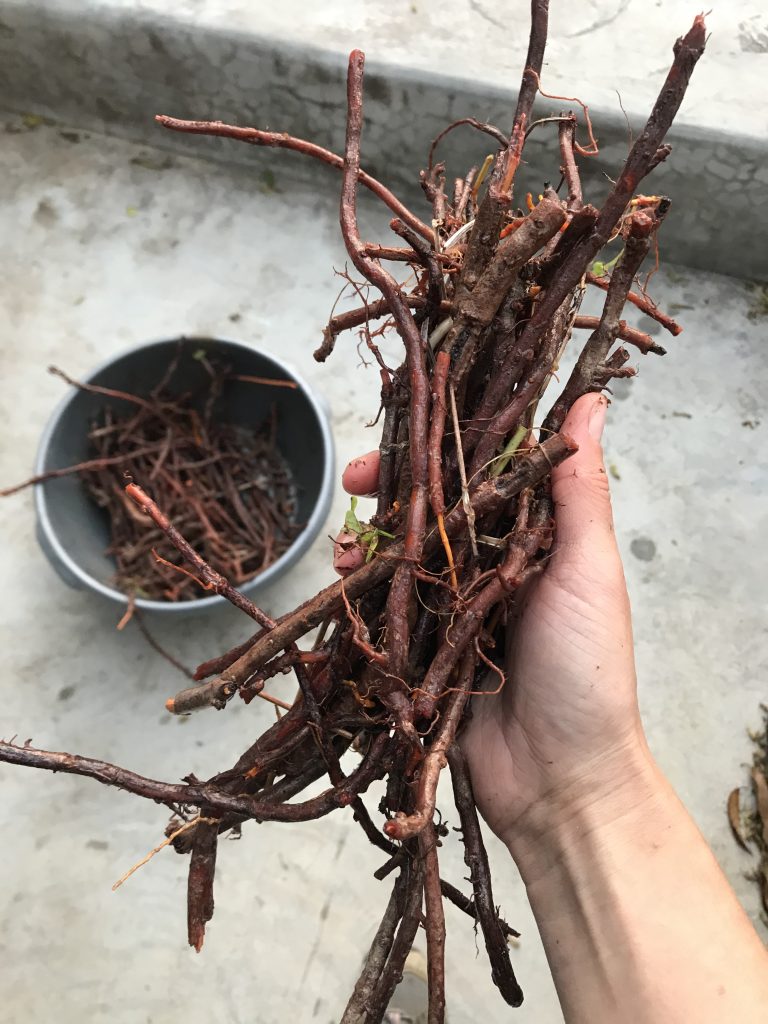
When used for textile dyeing, drying and grinding the roots before extraction greatly enhances the color. While extracting, it’s important to heat gently and to not boil, as high temperatures will make browner shades of red. Modifying the pH of the dye bath can change the colors from orange to red, and the addition of iron brings out purple tones. Madder root requires a mordant, especially on cellulose fibers, for optimum light fastness.
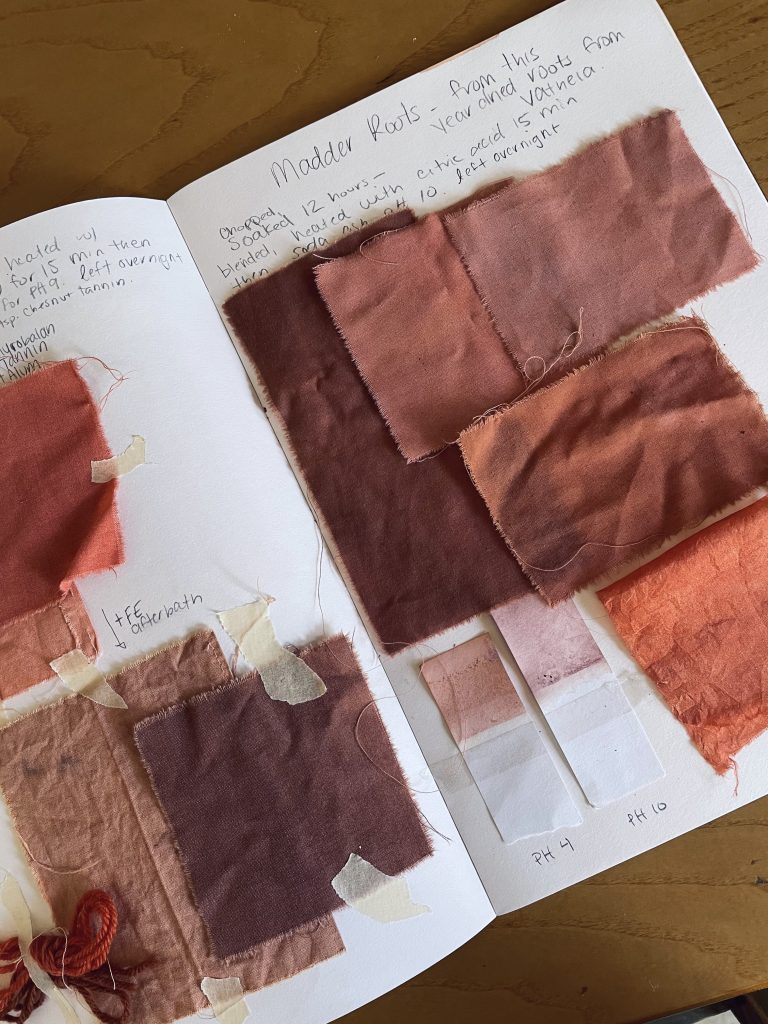
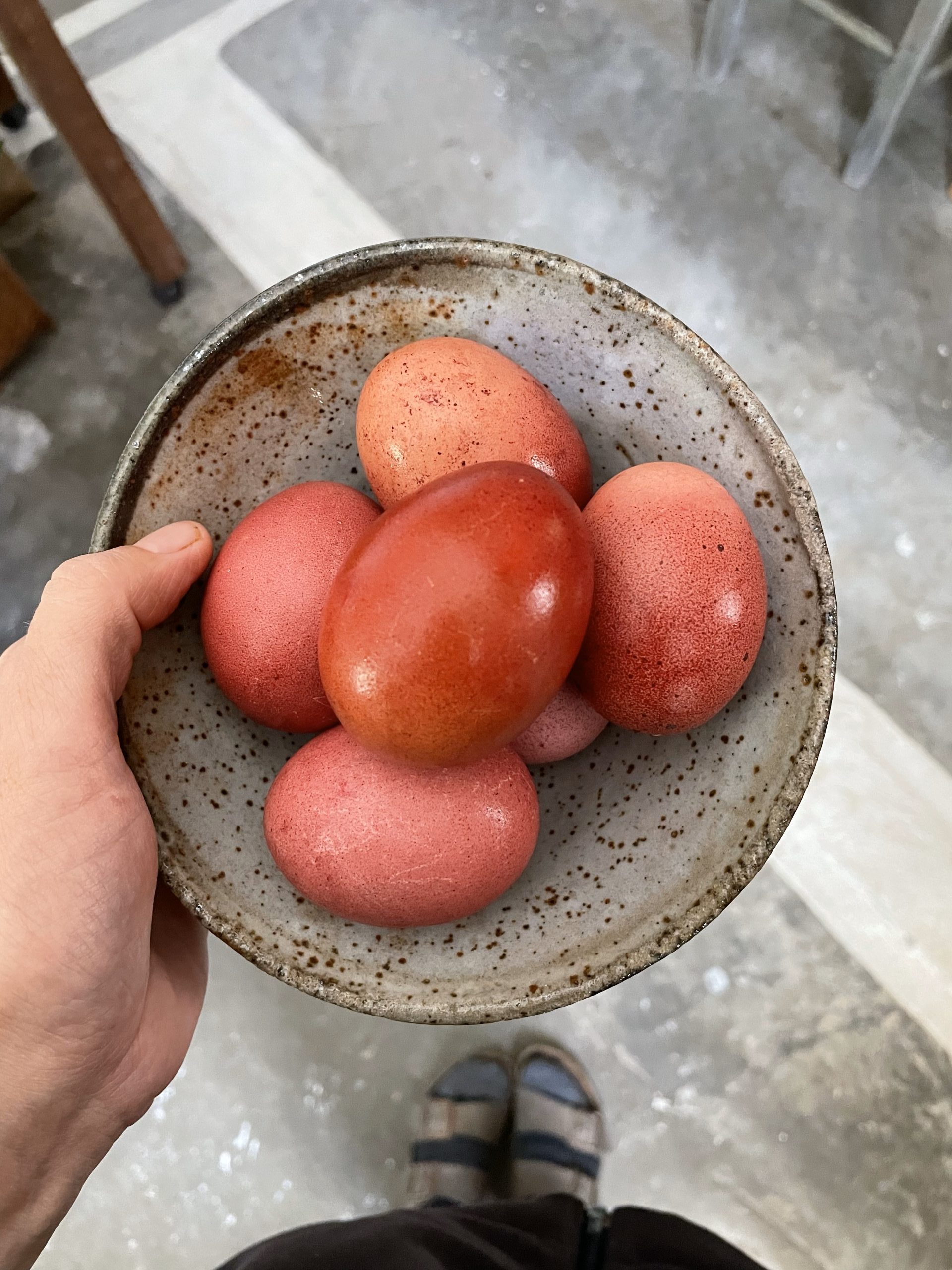
To use madder to dye eggs, simply chop up the fresh or soaked roots and boil with the eggs for 15 -20 minutes. Adding a few table spoons of vinegar to the water will shift the color to red.
Discovering this incredibly important dye plant so close to my home was a reminder not to overlook the potential of the plants around me. I hope you become inspired and search for the local dye plants in your area.
Leave a Reply